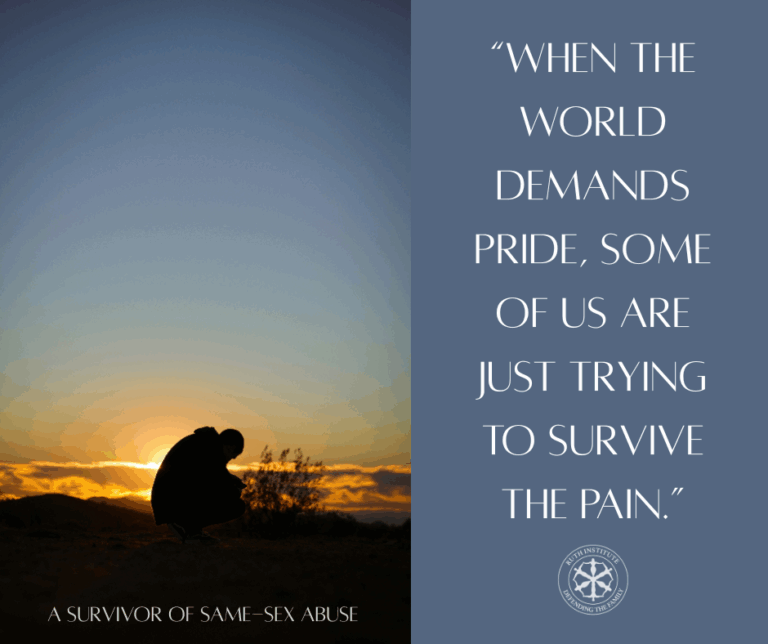A friend sent me photos of street light posters he saw lining the streets of Hollywood. These posters were recruiting foster and adoptive parents in honor
of National Adoption Month. What could be better than trying to recruit more foster and adoptive parents? But my friend noticed something odd:
there were absolutely no mothers in any of these posters. All posters featured pairs of men, smiling with their adoptive African American children.
So I went and took a look at the website for the campaign called www.RaiseaChild.us It is a campaign specifically
to recruit gay men and lesbians to become foster and adoptive parents. One of the partners in this campaign is called, “Southern California
Foster Family and Adoption Agency.” They state in their press release supporting
this campaign, “nearly 50% of the families our agency works with are headed by single or partnered gays and lesbians.” Why isn’t 50% gay families “inclusive”
enough? Let’s say this particular private agency chooses to specialize completely in placing children with same sex couples and same sex attracted
individuals. Yet I doubt that religious agencies are allowed to specialize in adoptions with heterosexual married couples. And there is disinformation
associated with this campaign. One of the partners in the campaign states, “Throughout
the United States, there are an estimated 1 million gay households raising 2 million children.” But according to the very gay-friendly Williams Institute’s analysis,
there are less than 650,000 same sex couples in the United States. Of those, about 111,000 are raising their “own” children, which the Williams
Institute defines as, “never-married children under 18 who are sons or daughters of one partner or spouse (Person 1) by birth, marriage (stepchild),
or adoption.” How the Raise A Child campaign and its partners come up with a number of “1 million gay households raising 2 million children,”
is a mystery to me.
And look at the children in these posters. I wonder what the African-American community thinks about recruiting gay men to become foster parents
for the children of their community who have been taken from their parents. Do the African-American pastors have any thoughts and opinions about
this? I imagine they do. But I will let them speak for themselves. What I want to know is this: Why aren’t we recruiting stable heterosexual
married couples to be foster parents? After all, we know for sure that children do best in married couple low-conflict households. Same sex parenting
is an untried social experiment. Parenting by male couples is especially unstudied, since it is exceedingly uncommon. Even the very
pro-gay researchers Judith Stacey, could find only one study comparing gay male parenting with heterosexual couples that qualified for inclusion
in her comprehensive survey of gay parenting studies.[1] Now I realize
that stable heterosexual married couples might not be so easy to find in Hollywood. But hey, LA is a big town. There are lots of nice neighborhoods
you could go to recruit stable heterosexual married couples, assuming, of course, that helping children really is the main point of the campaign.
From the beginning of the sexual revolution, from no fault divorce to widespread cohabitation to out of wedlock childbearing, society has been surrendering
the interests of children to the interests of adults, far too often and far too lightly. Many of the children in foster care, landed there precisely
because of the failures of earlier episodes in the sexual revolution. Some are the children of unmarried mothers, or teen mothers. Some have
been abused by their mothers’ live-in boyfriends, who are statistically by far the most dangerous people for children to live with. Children in foster
care are the most vulnerable children in society. These kids deserve better than to be human guinea pigs, in yet another round of social experimentation.
We should be pulling out all the stops to recruit stable heterosexual married couples to care for these children, not using their plight as an
opportunity to “celebrate diversity.” End of story.
Stacey, Journal of Marriage and Family, 72 (February 2010) pg. 6, 7 and discussion on pp 12-13.



